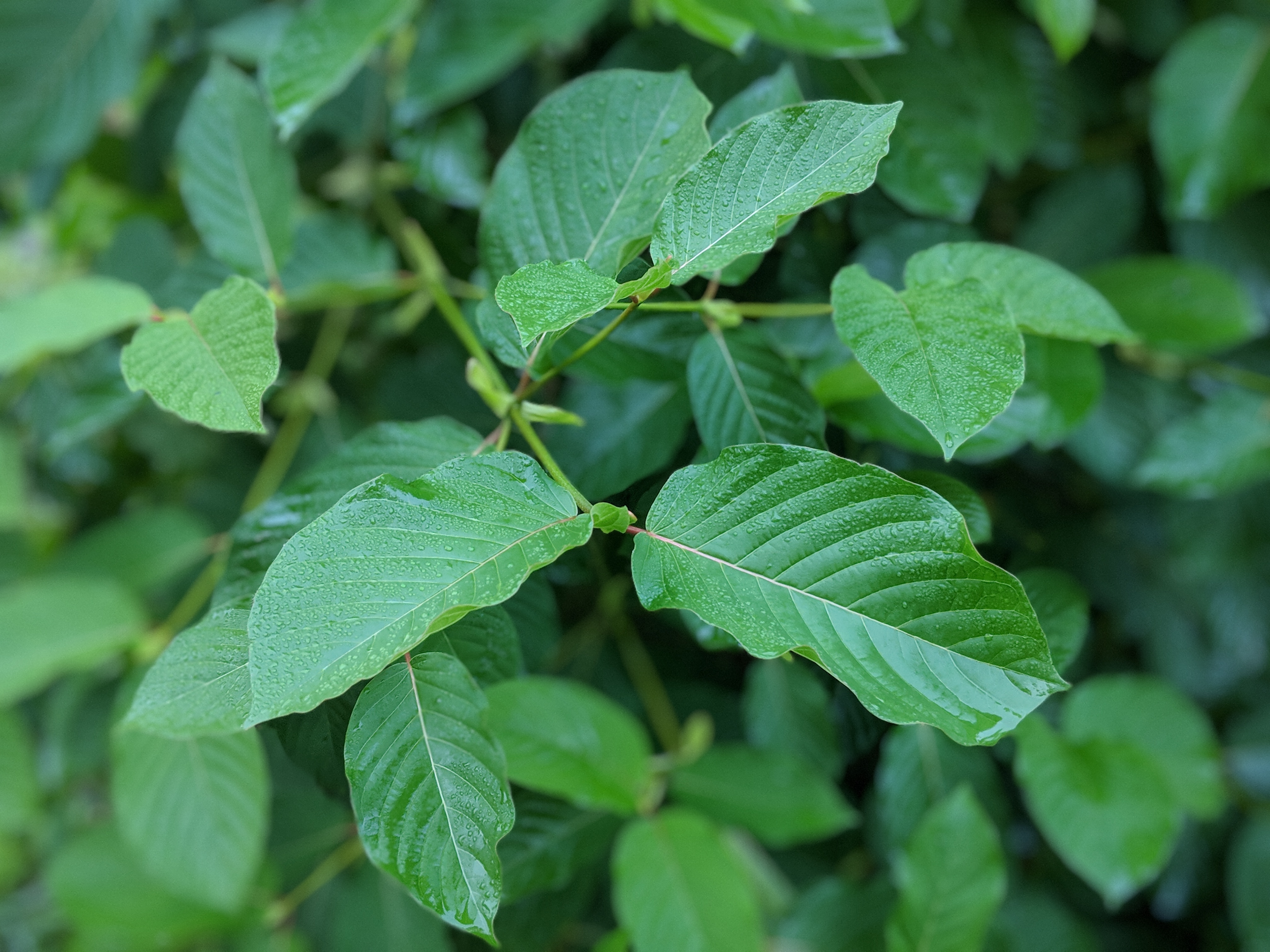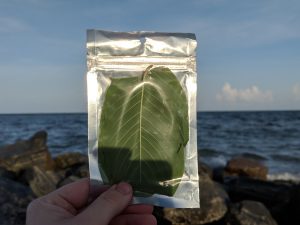
How Long Does Kratom Stay Fresh
How Long Does Kratom Stay Fresh? Dry milled Kratom leaf, if kept in a sealed bag or container will keep for many years. You can increase the longevity by placing unopened leaf in the freezer. The low temperatures plus the lack of humidity could keep your leaf fresh for decades.
https://kratomleaf.us/product/whole-kratom-leaf/

How Long Does Kratom Stay Fresh
About Kratom
Native to the Southeast Asia, kratom (Mitragyna Speciosa) is a powerful medicinal plant used by thousands throughout the world. The medicinal potentials of this plant are vast, some of the most prominent include: pain relief, mood lifting, energy and immune system stimulation.
There are entire forums on the use and benefits of this impressive plant, which speaks for this plant’s virtue more than we ever could. How long does Kratom stay fresh?
Kratom’s Alkaloids
The reason for the difference in effects from strain to strain is the variability of kratom’s alkaloids; in fact, there are over 28 identified alkaloids found within the plant with different half-lives and durations. For more information on these alkaloids, their effects, and their content (% of total alkaloid weight, one standard deviation), refer below [4]:
- 7-hydroxymitragynine – Analgesic/painkiller, antidiarrheal, antitussive – 1.5 – 2.5%
- Mitragynine – Analgesic/painkiller, antidiarrheal, antitussive, adrenergic receptor agonist (mild stimulant), antimalarial – 40 – 75% [Lowest recorded content: 12%]
- Speciogynine – Smooth Muscle Relaxer – 6.5 – 7.2%
- Mitraphylline – Muscle relaxer, vasodilator, anti-hypertensive, anti-amnesic, immune system stimulant, anti-leukemic – less than 1%
- Epicatechin (EGC) – Antioxidant, antiviral, anti-mutagenic, anti-leukemic, anti inflammatory, anti-diabetic. Commonly found in green tea. – 1%
- 9-Hydroxycorynantheidine – Painkiller/analgesic – 1%
- Corynantheidine – less than 1%
- Isomitraphylline – Immune System Stimulant – less than 1%
- Isomitrafoline – Immune System Stimulant – less than 1%
- Isorhynchophylline – Immune System Stimulant – less than 1%
- Isopteropodine – Immune System Stimulant – less than 1%
- Ciliaphylline – Analgesic, antitussive – less than 1%
- Corynoxine A – Dopamine Mediator – less than 1%
- Corynoxine B – Dopamine Mediator – less than 1%
- Ajmalicine – Sedative (Anti-Adrenergic), increase blood flow to brain, smooth muscle relaxer – less than 1%
- Rhynchophylline – Anti-inflammatory, vasodilator, anti-hypertensive – less than 1%
- Speciociliatine – less than 1%
- Speciophylline – Anti-leukemic – less than 1%
- Tetrahydroalstonine – Anti-adrenergic, lowers blood sugar – less than 1%
- Akuammigine – inactive – less than 1%
- Mitrafoline – inactive – less than 1%
- Mitraversine – inactive – less than 1%
- Speciofoline – inactive – less than 1%
- Stipulatine – inactive – less than 1%
Respected kratom researchers such as Takayama H, Shellard EJ, Raymond-Hamet, Becket AH, Philipson JD and Lee CM, have shown that the alkaloid profiles of the plants from different regions vary heavily; especially in Thai strains, in which case mitragynine content is well above the average. Malaysian strains, on the other hand, have proportionally low levels of mitragynine, suggesting its potency may be due to proportionally higher levels of 7-hydroxymitragynine.
These differences in alkaloid profile are what make each strain unique and effective in quite different ways, but there is still much research to be done until we have a complete understanding of alkaloid effects, and an alkaloid profile of each strain, region and vein color.
